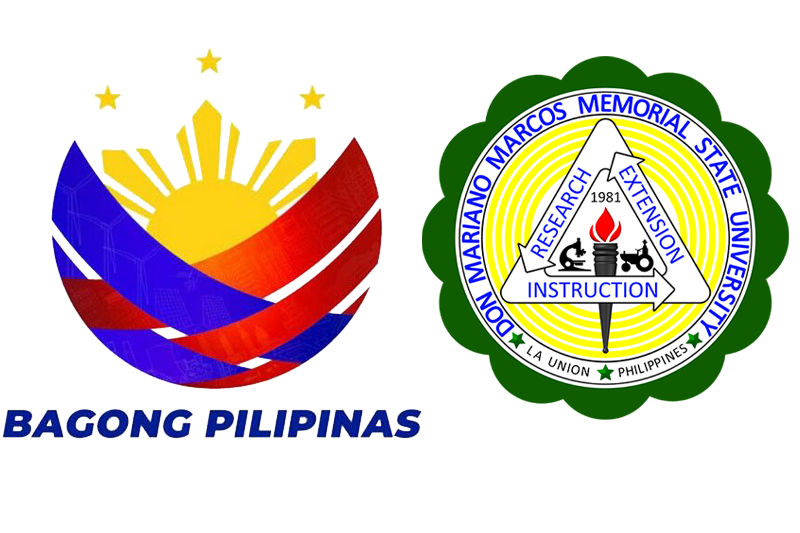Don Mariano Marcos Memorial State University-Sericulture Research and Development Institute (DMMMSU-SRDI) and Abra State Institute of Science and Technology (ASIST) spearheaded a Training of Trainers Program on Sericulture which was held at SRDI from October 1 to 15.
The program brought together key participants, including two ASIST faculty members, Dr. Maria R. Torqueza and Mr. Reynald T. Islao, as well as two local farmers from Abra, Mrs. Juliana Batino and Mr. Larry Galleguez.
Designed to equip participants with comprehensive knowledge and skills, the training covered a wide range of sericulture practices, from mulberry cultivation to cocoon production and processing. The goal was to prepare the participants to effectively promote and expand the sericulture industry in their respective communities.
The training was facilitated by Subject Matter Specialists (SMS) in various aspects of sericulture, who provided invaluable insights and practical expertise. These learnings are expected to be utilized in establishing the Sericulture Regional Center in the Cordillera Administrative Region (CAR).
“This livelihood is unique, and its potential in our community is immense. We are eager to share what we’ve learned and apply the best practices to improve yields and increase income. This is the best training I have ever attended,” shared Mrs. Batino, one of the farmer participants.
In her message during the culminating program, Dr. Cristeta F. Gapuz, Executive Director of SRDI, reaffirmed her strong support for the collaboration between DMMMSU and ASIST, underscoring the institute’s commitment to advancing sericulture and community development in the region. The successful completion of this training program marks a significant milestone in the effort to promote sericulture not only in Abra but also across the wider Cordillera region. With the commitment of ASIST and local government units, this initiative is expected to contribute to the sustainable development of the community. (By Maricris E. Ulat)




